Written by guest web-writer Kevin Murnaghan.
In this Review, which is part of the Alfred Werner Nobel Centenary Issue, chemists from the Gunnlaugsson group at Trinity College Dublin (TCD) describe recent advances in the development and use of 1,8-naphthalimides, primarily as anti-cancer agents. The scope and breadth of the review are impressive. The use of 1,8-naphthalimide derivatives as DNA binders and cytotoxic agents, as well as their mode of action, cellular uptake and cell selectivity are discussed and compared.
The group at TCD, among others, have prepared a large library of 1,8-naphthalimides. A richly diverse group of materials of varying complexity has been realised, enabled by a powerful, yet simple synthetic strategy. Materials designed to modulate the photophysical response of the aromatic unit are described, as are a range of bis-naphthalimides.

Examples of materials reviewed include mono and bis 1,8-naphthalimides derived from polyamines, amino acids, peptides, Tröger’s bases, and norbornanes. Details are given of effective therapeutics with varying naphthalimide substituents, and also with other aromatics or heteroatomics containing similar functionality. A part of the review is devoted to the coordination chemistry of selected derivatives with metal likes gold or platinum. Additionally, the properties of examples bearing organometallic and coordinated metal fragments such as ruthenium tris-bipyridine are discussed.

The naphthilamide group can neatly interact with biomolecules such as DNA via several modes, including intercalation. This combined with favourable photophysical properties ensures that these materials make extremely useful dual function therapeutic and fluorescent imaging agents. Much qualitative and quantitative clinical information is presented. Best performing derivatives are identified and described in various stage clinical trials against selected cell lines and clinical models.
This broad, highly informative and concise Review should prove to be of interest to a wide range of scientists from pure and multi disciplinary fields. A vast amount of information is given and is well referenced, dealing with the physical, chemical, supramolecular and favourable therapeutic properties of 1,8-napthalimide derivatives.
Read this Chemical Society Reviews article today:
Recent advances in the development of 1,8-naphthalimide based DNA targeting binders, anticancer and fluorescent cellular imaging agents
Swagata Banerjee, Emma B. Veale, Caroline M. Phelan, Samantha A. Murphy, Gillian M. Tocci, Lisa J. Gillespie, Daniel O. Frimannsson, John M. Kelly and Thorfinnur Gunnlaugsson
Chem. Soc. Rev., 2013, 42, 1601-1618
DOI: 10.1039/C2CS35467E
Kevin Murnaghan is a guest web-writer for Chemical Society Reviews. He is currently a Research Chemist in the Adhesive Technologies Business Sector of Henkel AG & Co. KGaA, based in Düsseldorf, Germany. His research interests focus primarily on enabling chemistries and technologies for next generation adhesives and surface treatments. (Any views expressed here are his personal ones and not those of Henkel AG & Co. KGaA.)
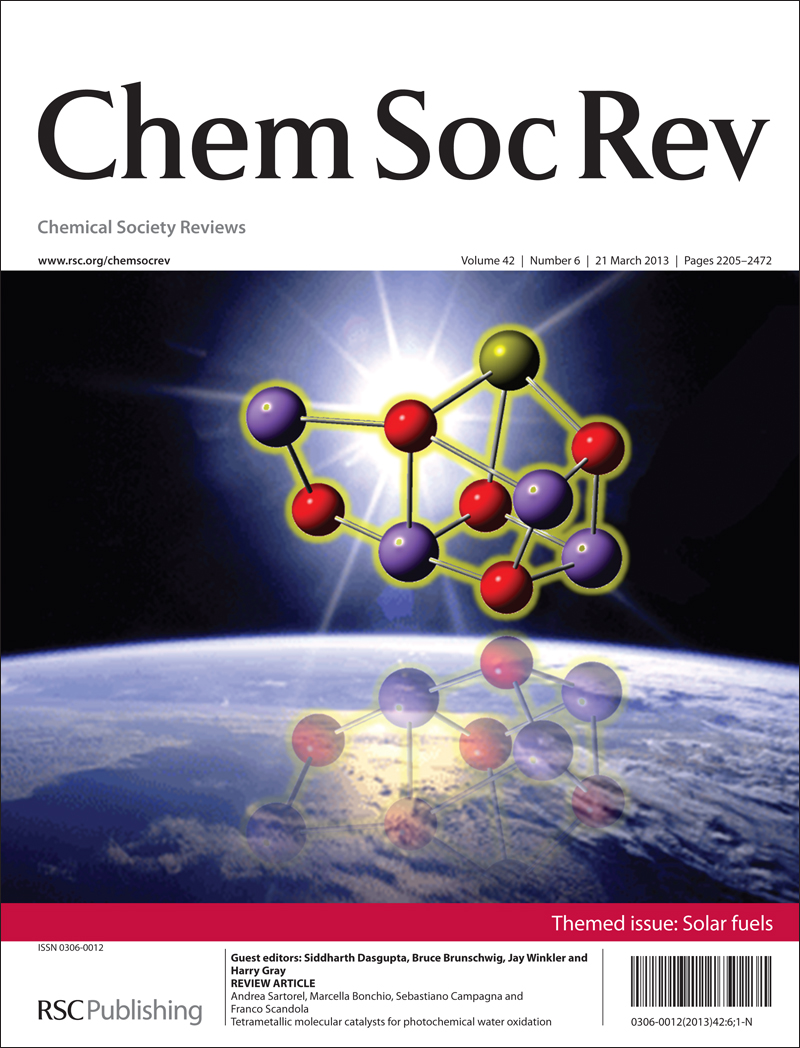 Solar fuels
Solar fuels












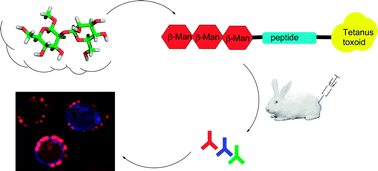
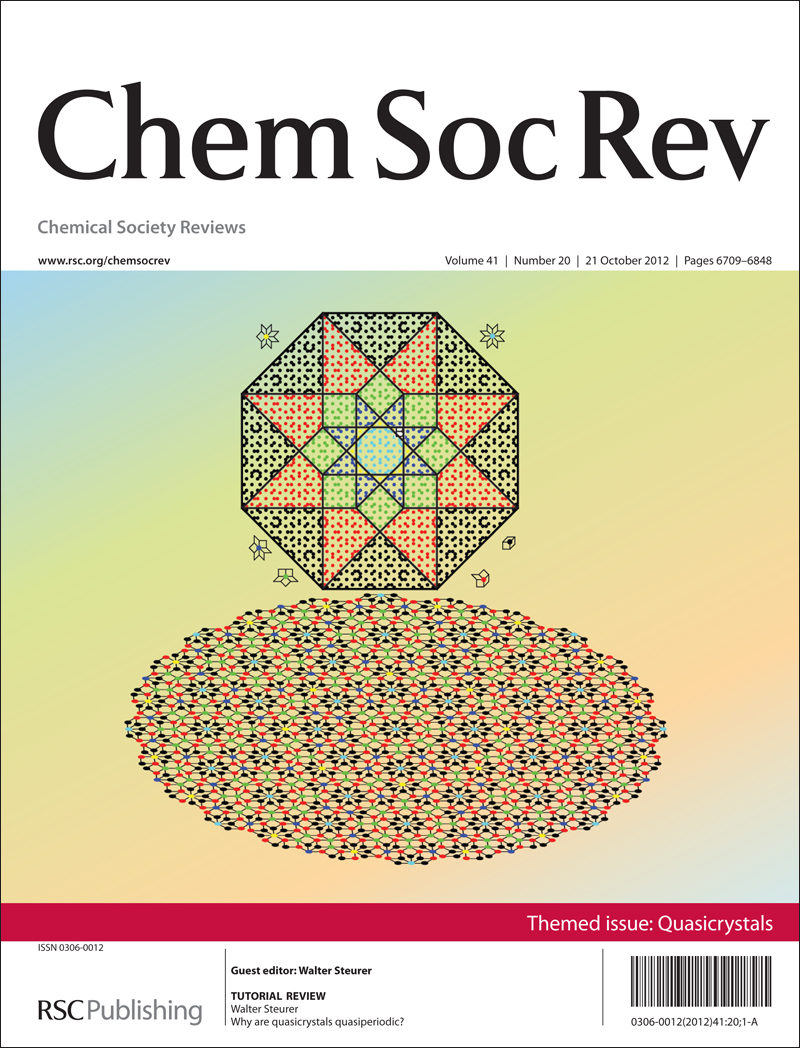
 Opinion
Opinion systems for producing solar fuels (Energy Environ. Sci., 2012, 5, 5902-5918).
systems for producing solar fuels (Energy Environ. Sci., 2012, 5, 5902-5918).

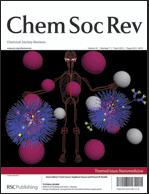

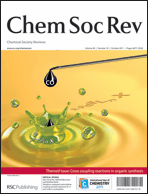 In its latest issue, Chem Soc Rev is honouring the
In its latest issue, Chem Soc Rev is honouring the